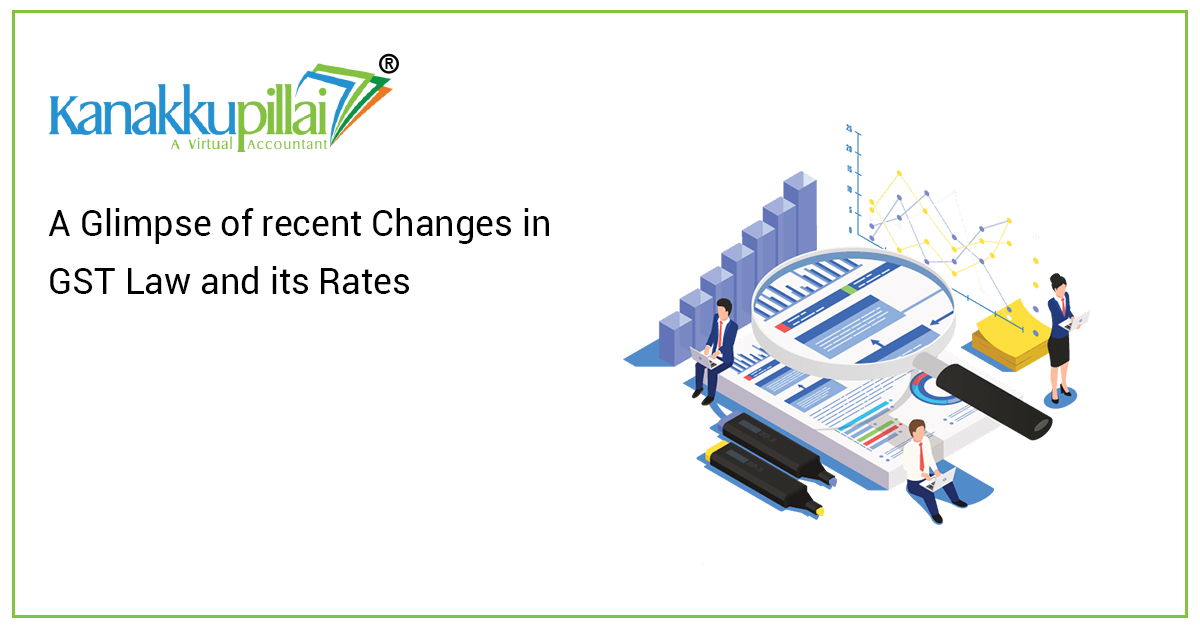Traders urge Finance Minister, GST council to modify new GST notification. The Central Board of Indirect Taxes and Customs (CBIC) has introduced Rule 86B in the GST Rules, to be applicable from January 1, 2021, which restricts the use of input tax credit for discharging GST liability to 99 per cent.
In case of any changes to the legal name of a business, the GST registration certificate need not be cancelled. The GST registration can be amended to reflect the new business name. Changes to the business name can be updated on the GST portal by filing FORM GST REG-14 within 15 days of a change of business name.
- Union Finance Minister Shri P. Chidambaram, while presenting the Union budget (2006-07), announced that GST would be introduced from April 1, 2010.
- In 27/3/2017, the central GST legislations – Central Goods and Service Tax Bill 2017, Integrated Goods and Service Tax Bill 2017, Union Territory Goods and Service Tax Bill 2017, and Goods and Services Tax (Compensation to States)2017 were passed in the Lok Sabha.
- Loksabha bills were passed and assented to by the president in April 2017
- With effect from July 1, 2017, the historic indirect tax reform – GST was introduced.
- GST law was extended to Jammu and Kashmir on 8th July 2017
- GST is a consumption-based levy.
- India has adopted a Dual model system; tax is imposed simultaneously by the central and state governments.
- It is a destination-based tax.
Other Indirect Tax Regime
It is required to have a brief view of the existing indirect tax regime before proceeding to understand GST.
The excise duty, customs import duties, VAT/CST, and service tax are the central levies in place at present.
a) Excise duty: Central Excise Duty is levied by the Central Government under the Central Excise Act of 1944. The levy applies to all goods manufactured and produced in India, as specified in the Schedule of the Central Excise Tariff Act, subject to certain exemptions.
b) Import Duties: The Central Government levies customs duties under the Customs Act of 1962. The levy is imposed on all specified goods imported into and exported from India, which are specified in the schedule to the Customs Tariff Act.
c) Value Added Tax (VAT): Value Added Tax (VAT) is levied by the State Governments on the transfer of property in goods from one person to another when such transfer is for cash, deferred payment, or other valuable consideration.
VAT is also payable on certain transactions that are deemed to be sales, such as transfer of right to use goods, hire purchase and sale by instalments, works contract, and sale of food and drink as part of the rendering of any service.
d) CST: The rate of CST is 2% against the declaration in Form C, and in case the buyer does not provide the said declaration, they are subject to tax at the rate specified in the local VAT law.
Form C is allowed to be issued by the buyer when he purchases the goods for use in manufacture, for resale, for use in a telecommunication network, in mining, in generation, or distribution of power.
e) Service Tax is levied on specified services, referred to as taxable services, when rendered by a service provider.
GST
As the name suggests, goods and services tax (GST) is a tax on the supply of goods or services. Any person providing or supplying goods or services will be liable to GST.
Tax Subsumed into GST
The above-mentioned indirect tax regimes are subsumed into GST, except
- Alcohol for human consumption – Power to tax remains with the state
- Five petroleum products (crude oil, diesel, petrol, natural gas, and ATF ) – The GST Council will decide the date on which GST will apply.
- Entertainment Tax levied by local bodies – The power to levy tax remains with the local bodies.
- Tobacco – Within the purview of GST, the Power to levy excise duties is also retained
Benefits of GST
- Creation of a unified national market with standard tax rates and procedures
- Boost to Make in India initiative
- Ease of doing business
- Certainty in tax administration
- Benefits of small taxpayers: GST has increased the threshold limit for registration and compliance procedures
Administrative Mechanism:
Both the Central Government and the State Government will have the authority and control over the assessee as follows:
- The administration of the Central GST would be with the Centre, and for State GST with the States.
- Each taxpayer could be allotted a PAN-linked taxpayer identification number, consisting of a total of 13 or 15 digits. This would bring the GST PAN-linked system in line with the prevailing PAN-based system for Income tax, facilitating data exchange and taxpayer compliance. The exact design would be worked out in consultation with the Income-Tax Department.
- Keeping in mind the need for taxpayers’ convenience, functions such as assessment, enforcement, scrutiny, and audit would be undertaken by the authority that collects the tax, with information sharing between the Centre and the States.
- Accordingly, the assessee dealer would be required to pay GST into the specified account of the State/Centre and file periodic returns separately with the State/Central Government.





